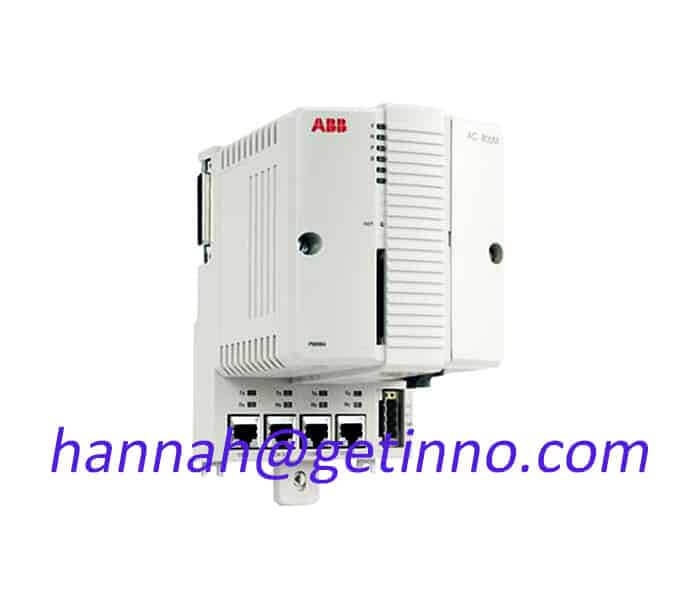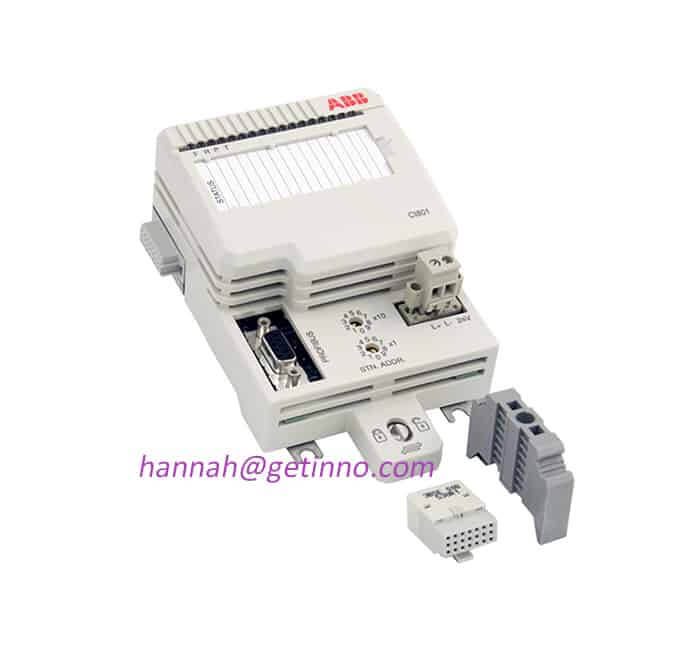Status Quo of Industry Robot
Industrial robots were born in the 1960s and developed rapidly in the 1990s. They are the earliest industrialized robot technology. It is a high-tech integrated with computer, cybernetics, mechanism, information and sensor technology, artificial intelligence, bionics and other disciplines. It is a field with very active contemporary research and increasingly broad applications. As my country’s manufacturing industry faces the challenges of low-end labor shortages, optimization and upgrading of industrial structure, improvement of productivity, and labor cost savings, the demand for industrial robots is growing rapidly.

Industrial robots were born in the 1960s and developed rapidly in the 1990s. They are the earliest industrialized robot technology. It is a high-tech integrated with computer, cybernetics, mechanism, information and sensor technology, artificial intelligence, bionics and other disciplines. It is a field with very active contemporary research and increasingly broad applications. As my country’s manufacturing industry faces the challenges of low-end labor shortages, optimization and upgrading of industrial structure, improvement of productivity, and labor cost savings, the demand for industrial robots is growing rapidly.
- The status quo of global industrial robots
The growth trend of the global industrial robot industry will continue. The global financial turmoil in 2008 led to a sharp decline in the sales of industrial robots. In 2010, the global industrial robot market gradually recovered from the bottom in 2009. 2011 is the peak of the global industrial robot market since 1961, with annual sales of 166,000 units. It is estimated that from 2013 to 2017, the compound annual growth rate of the global industrial robot market including ontology and integration is about 11%. It is estimated that the global industrial robot sales will reach 250,000 units in 2017, and the market capacity will reach 270 billion yuan.
The global robotics industry currently presents a pattern in which Japan and Europe have obvious industrial advantages and the Chinese market has huge potential. The United States, Japan and Europe are world leaders in the development of the robotics industry, but they have different areas of advantage. Japan has obvious advantages in industrial robots and household robots, Europe is in a leading position in the fields of industrial robots and medical robots, and the United States has main advantages in the field of system integration, medical robots and defense and military robots.
Application analysis of industrial robots in China
2.1 Driving force for the development of industrial robots in China
China has not formed its own industrial robot industry in the past 25 years. At present, the development of domestic industrial robots has entered a period of opportunity:
- Rising labor costs and declining labor supply. Labor costs are rising, and the demographic dividend is gradually disappearing. Rising labor costs have stimulated the demands of enterprises to replace human labor with robots. In the second year of the new century, the post-80s and post-90s labor force has become the mainstream, and they are no longer willing to engage in a large number of monotonous and repetitive jobs in poor environments. The labor shortage in low-end industries in the Yangtze River Delta, Pearl River Delta and other places is obvious.
- Manufacturing upgrades. Increasingly fierce competition for productivity in an international environment, cost, efficiency, quality, customized small batches. The current global re-industrialization and industrial transformation, one is energy saving and environmental protection, and the other is automation and intelligence. The popularization of robots is not just a simple replacement of labor, but also an important means to improve the efficiency and flexibility of the manufacturing industry.
- Policy support factors. Included in the national strategic emerging industries and special planning for intelligent manufacturing equipment; during the 12th Five-Year Plan period, the state allocated 323.4 billion yuan to carry out major industrial robot research projects; established the “China Robot Industry Alliance” to support the development of the industry; local governments invested in the construction of robot industrial parks, Support the innovation and development of robot enterprises.
2.2 Domestic robot industry chain and industry development model
The entire robot industry chain is mainly divided into three levels: upstream core components, midstream equipment manufacturers, and downstream industry application providers. The core components refer to the robot transmission system, control system and human-computer interaction system, which play a key role in the performance of the robot, and are versatile and modular component units, which are mainly divided into three parts, the robot reducer, AC and DC servo motor and controller. At present, the domestic robot industry still lags behind developed countries such as Japan, the United States, and South Korea in terms of monomers and core components. Domestic robot manufacturers have begun to get involved in all aspects of robots, but the reducers, servo motors and drives are still mainly supplied by foreign countries. China’s robot market has a low foundation and a large market. It is more feasible for China’s robot industrialization model to adopt a division of labor model from the initial stage of integration to the mature stage.
2.3 Downstream Application of Domestic Industrial Robots
At present, China’s industrial robots are mainly used in automobile and electronic production lines. In the future, the automotive industry will still be the main focus. The annual demand for equipment in the automotive market is tens of billions of RMB, of which the high-end market demand is 10-20 billion RMB. The areas where the growth of robots in the automotive industry is relatively obvious are auto parts, import substitution, and technological transformation.
It is expected that my country’s working population will begin to decline in 2015, and as industrialized industrial robots will surely enter more application fields. The deepening of industrialization is accompanied by rising labor costs, forcing low-value-added manufacturing industries to start using robots. my country’s industrial robots have begun to pay attention to emerging industries. In new fields of general industrial applications, such as photovoltaic industry, power battery manufacturing, food industry, chemical fiber, glass fiber, brick and tile manufacturing, hardware grinding, metallurgical casting, medicine and other industries, there are Industrial robots replace artificial links and spaces.
At present, the automotive and pharmaceutical industries, which are the main downstream applications of domestic industrial robots, are as follows:
- Robots improve the flexibility and automation of the automotive industry. The automobile industry is the largest industry in which robots are used. The automation of the automobile manufacturing industry has developed to a new stage in China. Automobile companies use robots, instruments and automation devices to complete the production process of all or part of the products. The stability of the robot can reduce the cost of loss during manual work, improve production efficiency and product quality, and ensure product consistency. Body-in-white, stamping, spraying and powertrain are the four core processes of automobile OEMs. At present, domestic private car companies have also benefited from production automation. In recent years, new car factories have replaced manual work by robots from stamping production, robot body welding, robot spraying to final assembly inspection.
- The robot can meet the stringent requirements of pharmaceutical manufacturing on the production environment and operating process. In the pharmaceutical manufacturing industry, pharmaceutical products have very high requirements on the sterility of the production environment. In order to minimize the possibility of microbial contamination and ensure product quality, the production process must be carried out in a clean room and human intervention should be avoided as much as possible. The robot can complete a series of operations in a vacuum environment, which can ensure that the products meet high hygienic standards. In addition, the pharmaceutical manufacturing process involves hazardous materials, such as the production and filling of radioactive materials. Robotic systems are able to complete the transfer of hazardous substances and fill them into airtight shielded containers. And it can complete difficult operation process. For example, when packaging liquid content, the robot can minimize the air bubbles generated during the transfer operation of the product, and the product quality will be greatly improved.
The development trend of the robot industry
As far as the current development trend of the robot industry is concerned, there are some new trends now. In recent years, the integration and innovation of the new generation of information technology represented by big data, cloud computing, and mobile Internet has accelerated, which will not only develop new intelligent robots with more self-learning ability and independent problem-solving ability, but also provide robots with Establish the corresponding “cloud space” of the Internet and knowledge base, make it interact through the Internet, and improve the intelligence level of robots through cloud computing.
In 2013, Google of the United States acquired eight robotics companies including Boston Dynamics, which is a strategic layout aimed at this trend. Developed countries have several models in the process of developing robots: American model: the overall R&D design is combined with external procurement of robot bodies, focusing on system development and application; German model: a package of “turnkey projects”, that is, the production and user of robot bodies The required system design and manufacture are all completed by a robot manufacturer. The typical enterprise is KUKA; the Japanese model: the overall promotion of the industrial chain, that is, the development and production of the robot body and key components as the core (typical enterprises Yaskawa Electric, Fanuc), and the subsidiaries or system integration companies design and manufacture the needs of various industries complete set of robot system; Korean model: the combination of procurement, complete set design and integration. Robot companies usually design and manufacture supporting equipment by importing key components.
Now the field of service robots has gradually become the focus of development in developed countries. With the rising cost of factors such as labor and land, China’s demand for industrial robots has grown rapidly in the past three years. my country has become the world’s second largest industrial robot market since 2012, and is expected to become the world’s largest demand country. In 2013, the number of new industrial robots in China reached 27,000, an increase of 17.4% over 2012.
Measured by the number of industrial robots per 10,000 workers, my country has a large market space. According to data from the International Federation of Robotics, the number in China in 2011 was 21, and the international average was 55, including 135 in the United States, 251 in Germany, 339 in Japan, and 347 in South Korea. However, in 2012, nearly 70% of my country’s new industrial robots relied on foreign imports, and foreign brands accounted for more than 90%. In 2012, the cost of imported robots was 866 million US dollars, and the import value increased by 64% compared with 2011.
A robot is an intelligent machine with the functions of feeling, thinking, decision-making and action, and it is one of the great inventions of mankind in the 20th century. The technical level of robots is related to the precision, accuracy and efficiency of manufacturing production, and the quality consistency of industrial products. It has become an important symbol to measure a country’s manufacturing level and technological level.
Links: 3BSE008510R1 6AV2124-0JC01-0AX0
Pre: Bottle Neck of China Industry Robot Next: Industry Robot Coopearating with Univ...




